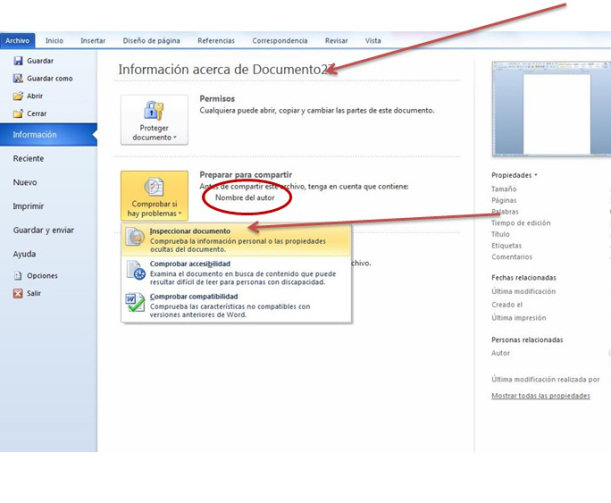Author: Amor Pérez-Rodríguez – Translation: Erika-Lucia Gonzalez-Carrion
The publication of an article in a scientific journal requires meeting a serie of standardized requirements. Although each publication has its own standards, so that it is very important to read them in each case and familiarize with the procedures of the magazine that have selected, there are common parameters for the acceptance of a text:
- Relevance, significance and truthfulness.
- Contribution to a field of knowledge, from an individual or collective perspective original and unpublished.
- Anonymity of the manuscript
The quality of the journal lies in managing these parameters, i.e. to ensure the relevance and the originality of what it spreads. By this, for an article to have possibilities of being published it is fundamental not to neglect these aspects.
 The relevance and significance comes determined by an exhaustive review of the literature. This allows positioning and delimiting the object of study and the specific contribution, anchoring it, systematizing it, so it is visible what is provided. Both if it is a research that generates data and significant results, and if they are present others that can complement or contradict the already existing, or if they are show achievements from other perspectives, the degree of relevance of each contribution varies according to the field or disciplinary area. Regarding to the veracity of what is communicated, the information may not be biased, or spoofed, for the sake of the authenticity of the data. Magazines measure and value this through the review by peers, experts in the field, that cognoscenti of the matter can evaluate the work, focusing on the strength of the arguments and results and in the advancements that sustain them.
The relevance and significance comes determined by an exhaustive review of the literature. This allows positioning and delimiting the object of study and the specific contribution, anchoring it, systematizing it, so it is visible what is provided. Both if it is a research that generates data and significant results, and if they are present others that can complement or contradict the already existing, or if they are show achievements from other perspectives, the degree of relevance of each contribution varies according to the field or disciplinary area. Regarding to the veracity of what is communicated, the information may not be biased, or spoofed, for the sake of the authenticity of the data. Magazines measure and value this through the review by peers, experts in the field, that cognoscenti of the matter can evaluate the work, focusing on the strength of the arguments and results and in the advancements that sustain them.
The originality of the work is very closely linked to the above. Especially at this time characterized by the «hyper information» and the spread without limits. Frequently the canons of authorship are disrupted and people have incurred in plagiarism by a misinterpretation of what can mean the imitatio renacentista. Plagiarism is a problem of our science today, and magazines are much careful of it, incorporating to their systems detectors of the plagiarized texts.
In this sense, scientific articles, which must be original and unpublished, cannot incorporate fragments of other authors, except the cites or references that are properly recorded, as it could mean to be incurred into plagiarism. A work already published by the author or authors in another journal, is considered unethical, and therefore is also a form of plagiarism, this time called self-plagiarism.
For the review of manuscripts to be independent and objective, journals select researchers of prestige in the area, and is the blind review, which is a guarantee in the assessment, acceptance or rejection of manuscripts.
As it is stated in the Manual of the American Psychological Association, Sixth Edition «the review process of APA is anonymous in both directions since the identities of reviewers are not revealed to the authors, unless the reviewer agrees to do so». Therefore it is essential that the authorship is anonymous. Authors, consequently should hide any indication of authorship:
- Check that the name does appear neither in the text nor in the document properties.

• Include XXXXX hiding last names, initial, and even data from the work.
• Remove citations, acknowledgements, references that can visualize the authorship by specifying with label * anonymization.
Scientific progress is built on the basis of truth and ethics. Good work deserves to be spread in a good article that responsibly manages its contribution to the field of study in which wants to be measured.
